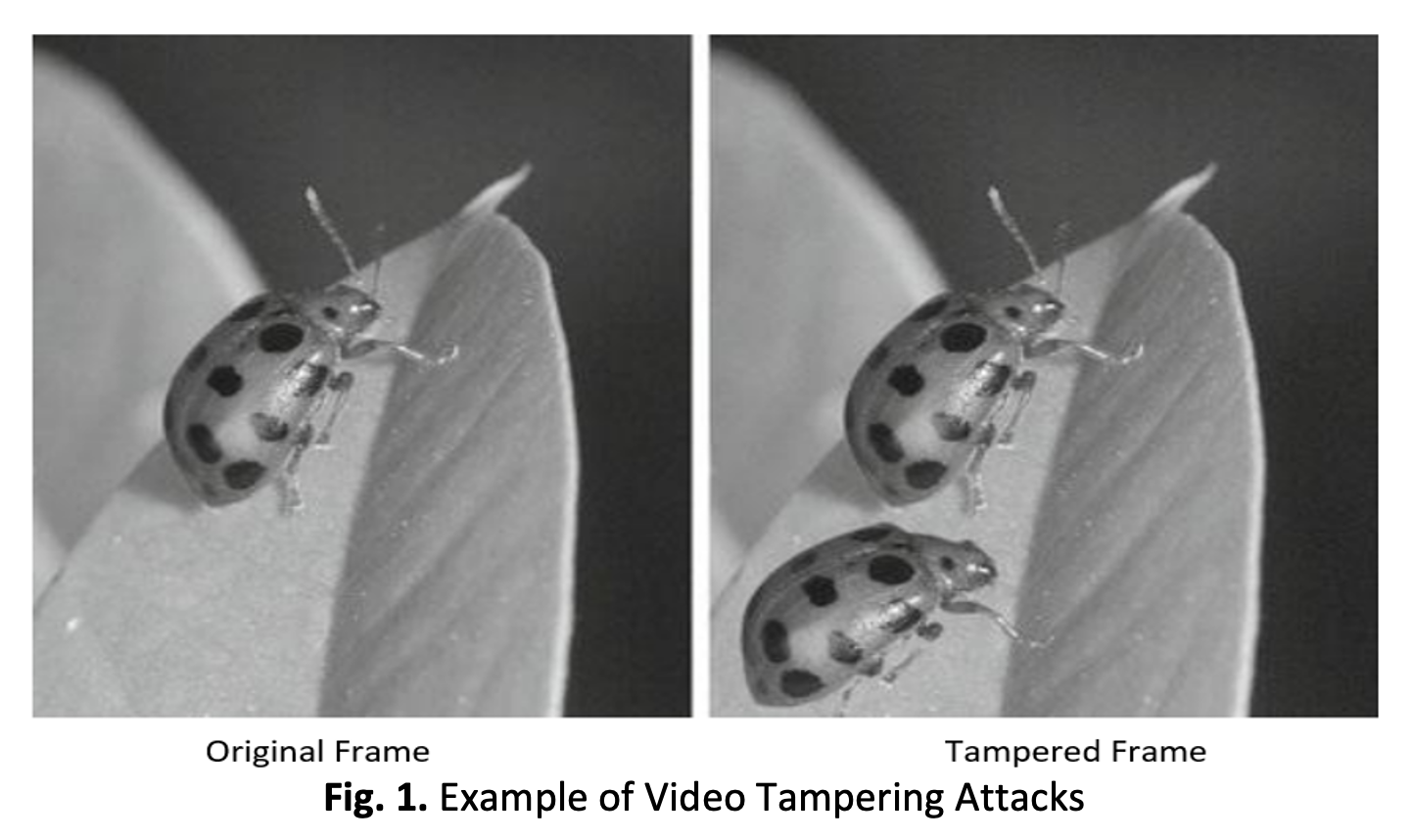Video Structure Extraction using Shot Boundary Detection for Forgery Detection
DOI:
https://doi.org/10.37934/araset.34.2.187194Keywords:
Video extraction, shot boundary detection, video authentication detectionAbstract
In the digital era, video and pictures are perceived as more reliable than words. Considering the popularity of the internet, forging digital videos is probably nothing new. The recording, archiving, and sharing images and videos on media platforms are frequently done with mobile phones and digital cameras. Additionally, anyone may easily adjust or edit an image because of the availability of software editors. Technology and technological advancements have made video authentication detection a prevalent issue. As a result, digital recordings are being used as visual evidence in many susceptible domains, including media, politics, civil or criminal trials, and military and intelligence activities. Digital videos are an essential source of information with a high degree of evidence, but they may also be easily manipulated on purpose. As a result, in situations where reliance on video evidence is required, it is crucial to authenticate the contents of the video evidence before accepting it as an accurate picture of reality. This research focuses on several strategies for detecting shot boundaries to determine whether video content has been altered or tampered with. Although shot boundary detection is difficult, it is commonly used in structured video because these techniques can detect changes brought on by a regular shot change rate. In the meantime, this research will provide a novel shot boundary detection-based video authentication algorithm essential for developing practical tools to evaluate the video's authenticity based on its fundamental structure.Downloads
Download data is not yet available.

Downloads
Published
2023-12-07
Issue
Section
Articles



























